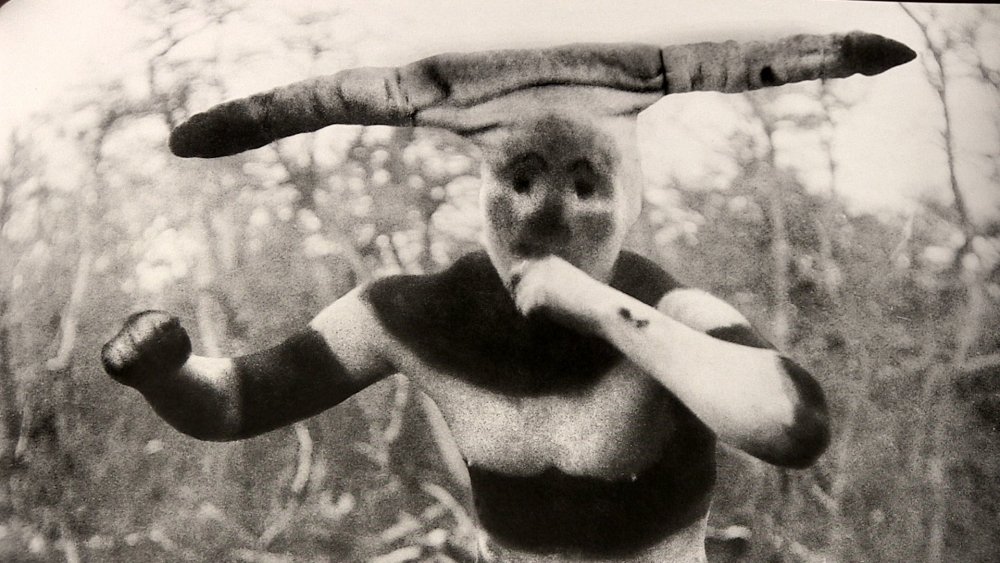ROBERT STEVENS reviews Patricio Guzmán’s ‘The Pearl Button’, an interesting though overambitious documentary about the indigenous ‘water people’ of Patagonia.
A lot of The Pearl Button feels like the fifteen minute scene in 2001: A Space Odyssey where there’s lots of flashing colours and not much else. A couple of smart people think it’s very clever, and most of us, confused, nod our heads in assent, hoping it’ll all make sense soon. The Pearl Button is probably very smart, but its presentation presumes that the audience finds its subject matter intrinsically interesting, and so director Patricio Guzmán makes little attempt to draw us into its world.
The Pearl Button attempts to link water and the Chilean genocide. This is a very ambitious task. When I think water I do not think Chilean genocide. Guzmán’s ideal audience might, but I’m not sure that Guzmán’s ideal audience actually exists (Guzmán’s ideal audience probably likes Guzmán’s films, too). Nevertheless, what Guzmán tries to do here is connect the Patagonian ‘water people’ from pre-colonial South America with the massacres in 70s dictatorial Chile, using water as a rope to bind the two together. The link is tenuous in theory and poorly structured in practice. Segues of running water are awkward; an anthropologist’s five minute ‘water song’ did not evoke memories from my romantic Chilean childhood playing in Patagonian streams, or of voting ‘no’ in the 1988 Chilean election against Pinochet – or whatever Chilean children did.
Instead I cringed – and felt rather embarrassed. The link to water is far too up in the air to gain a viewer’s sympathy for Chile’s water nomads. While the ‘water people’ provide a fascinating insight into Chile’s ancient societies, they did not succeed in bringing us closer to Guzmán’s relationship with water. Though uncorrupted by modernity, Guzmán’s film never quite manages to forge the romantic link between water and people. Instead, we are left with an awkward and unnecessary history of Chile’s ‘first people’, followed by a quick assessment of how Chile has changed today.

As a result, the documentary feels bloated. Guzmán’s rough history of Chile attempts to accomplish too much, feeling directionless and disoriented as a result. Guzmán tries to tell me that there is water all over the universe, showing me shots of stars and Google Earth. He then smugly cuts to the water nomad’s tattoos of stars across their body. I gape at the vastness of the universe and the infinity of life, but, despite Guzmán giving me literally everything, there’s nothing to take away from it.
There are some redeeming factors to help pass the time. The individual stories of Guzmán’s interviewees are interesting, and it is fun to learn about Chilean culture. Shots of running water are pleasant, well produced and pretty. Yet none of this warrants a true recommendation. The Pearl Button’s problem is that it fails to link these its narrative parts together in a coherent and convincing way. The overarching narrative is a mess – and the individual parts of the film aren’t compelling enough by themselves to make Guzmán’s film worth your time.

The Pearl Button feels overcooked. Should Guzmán have been more humble in his ambition and more honest with his topic, he may have made a more convincing and interesting film. However, the film lacks the clarity to become anything meaningful, and often falls on its face when it reaches for the stars.
‘The Pearl Button’ is being shown on 10th March at the DocHouse, following a Q&A session with director Patricio Guzman. More information about this special screening can be found here.





